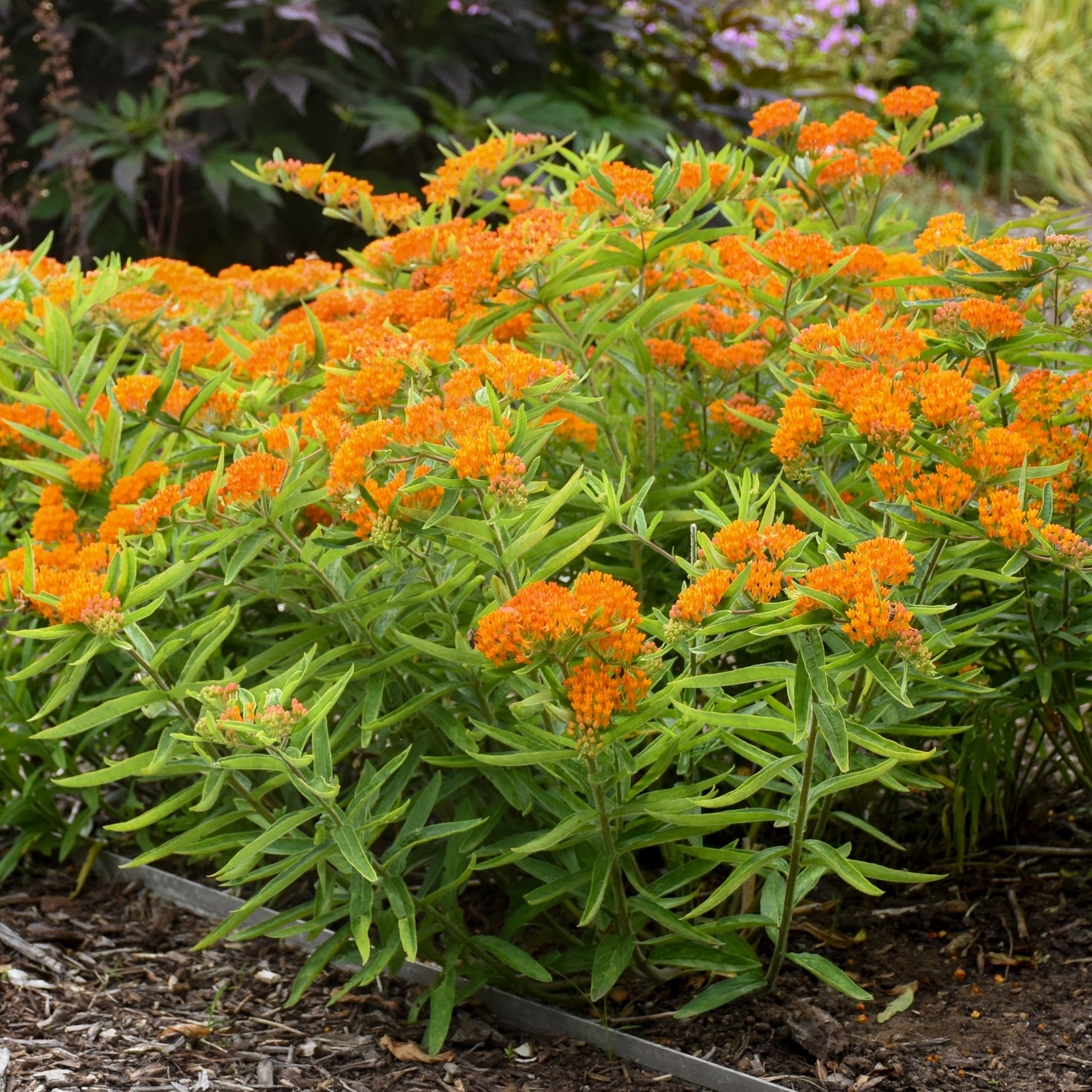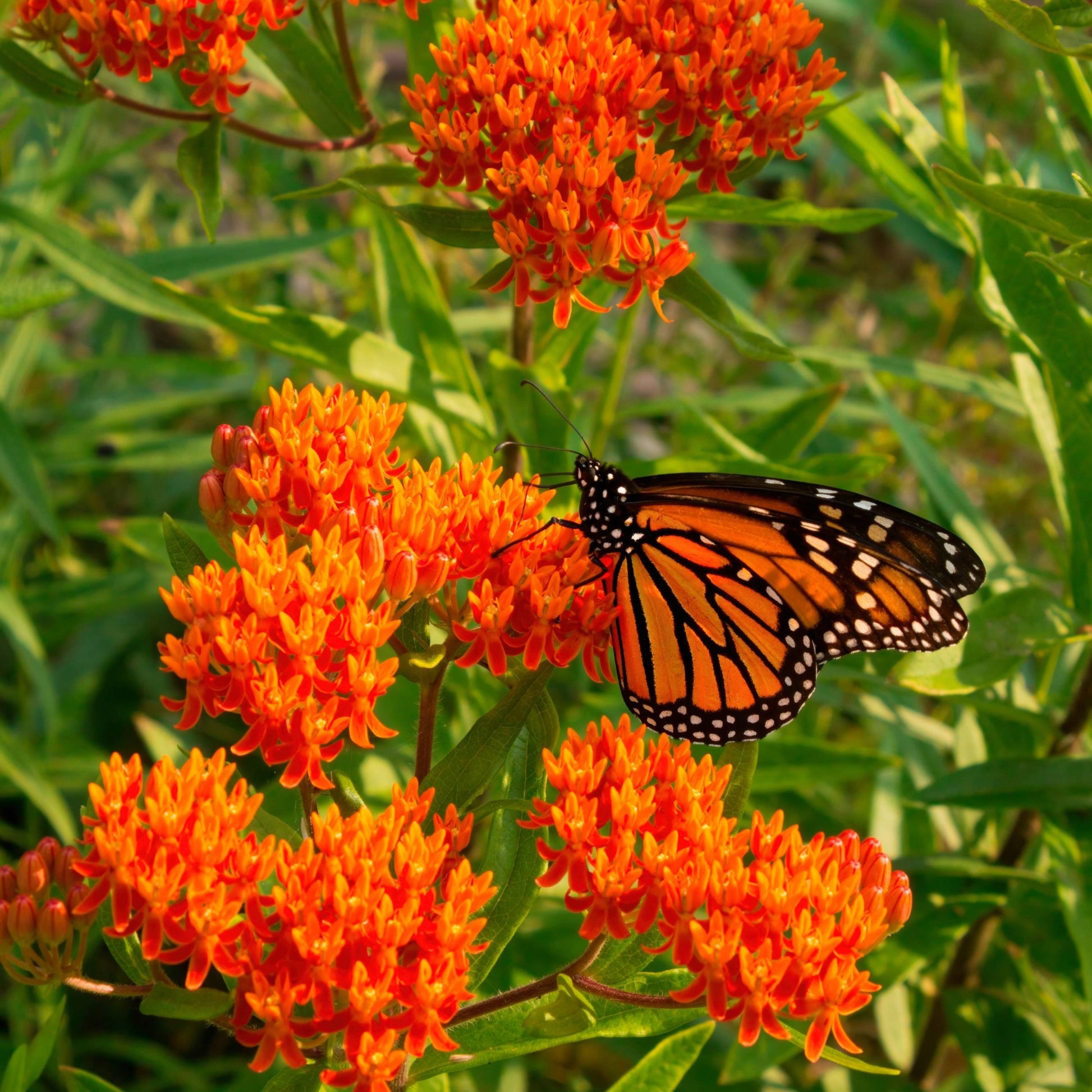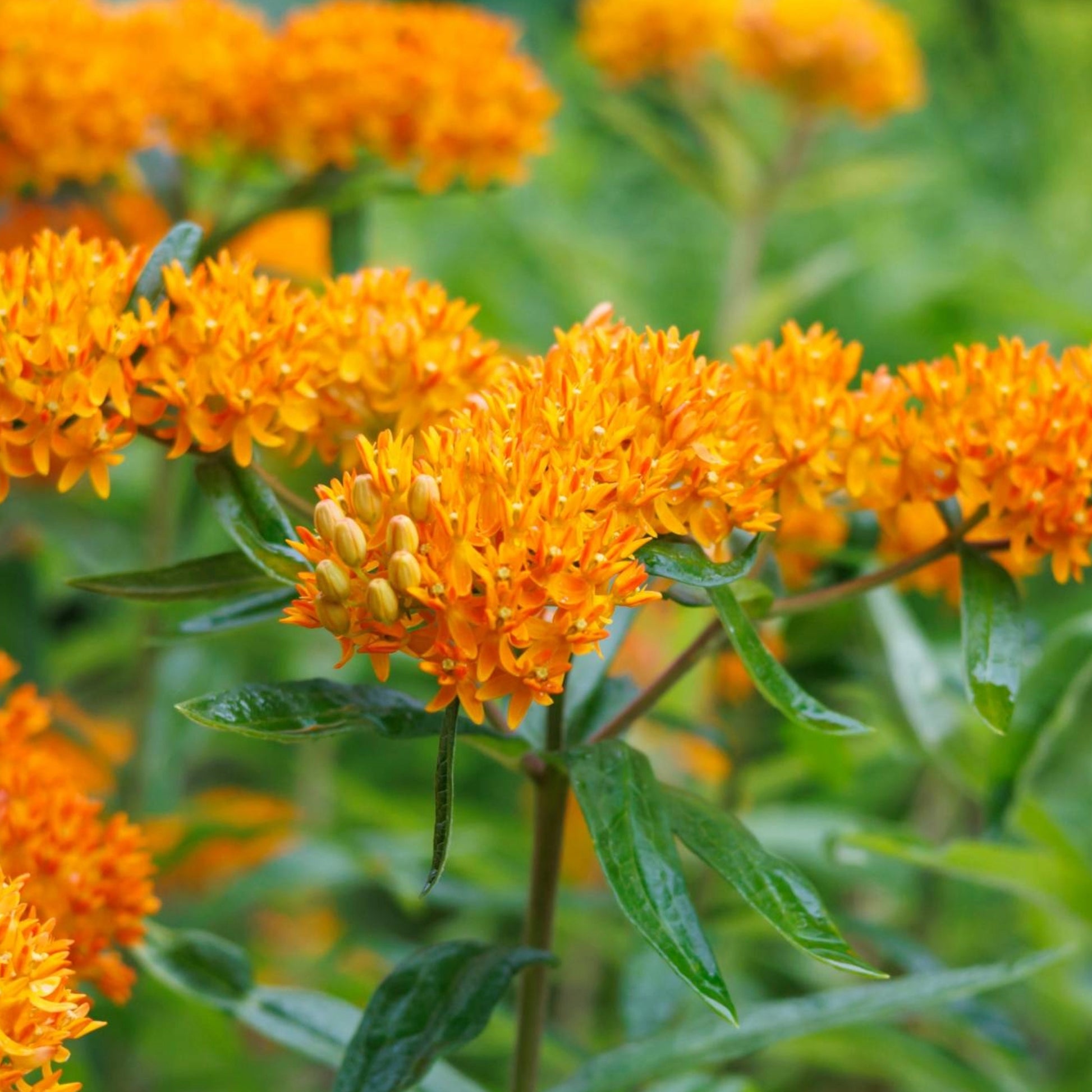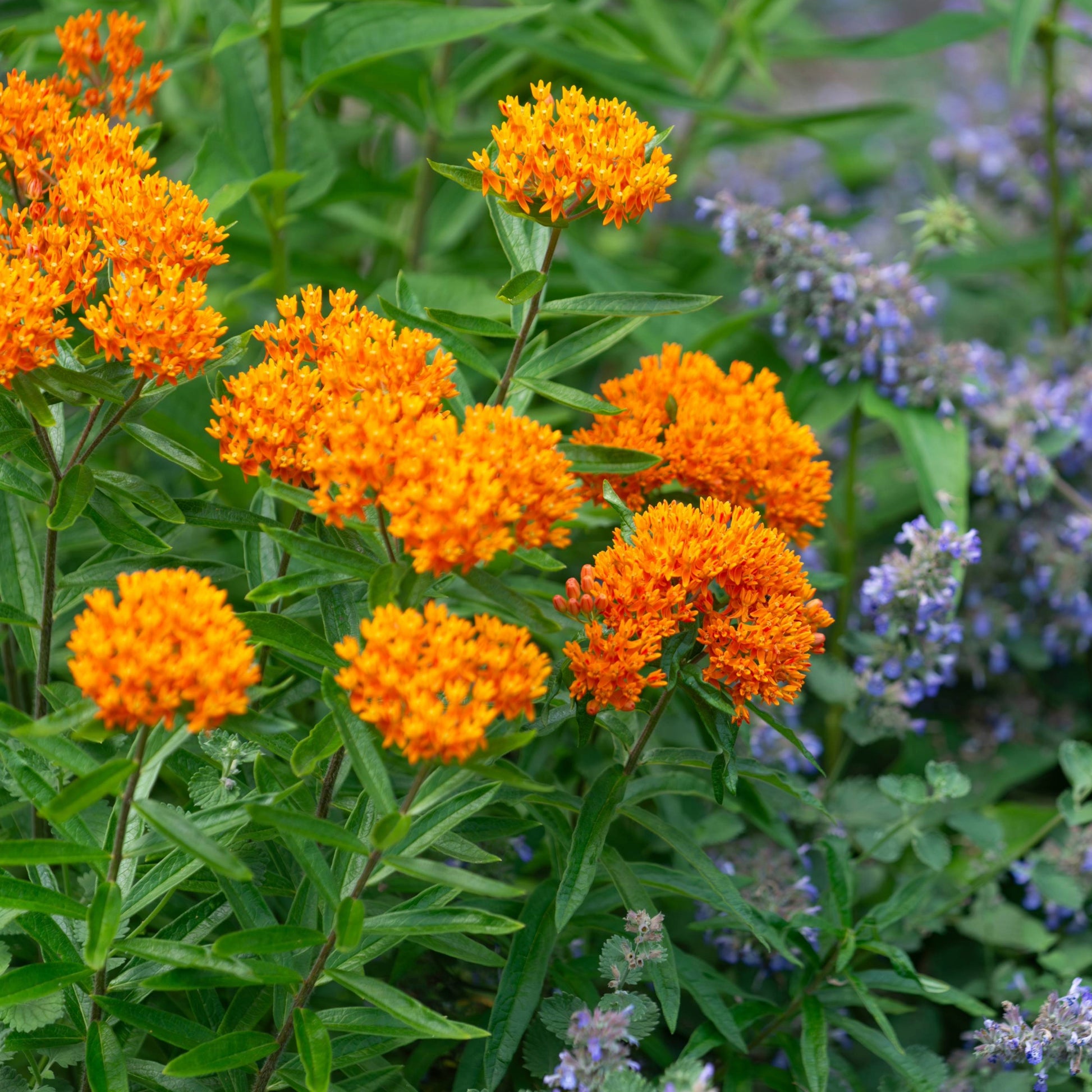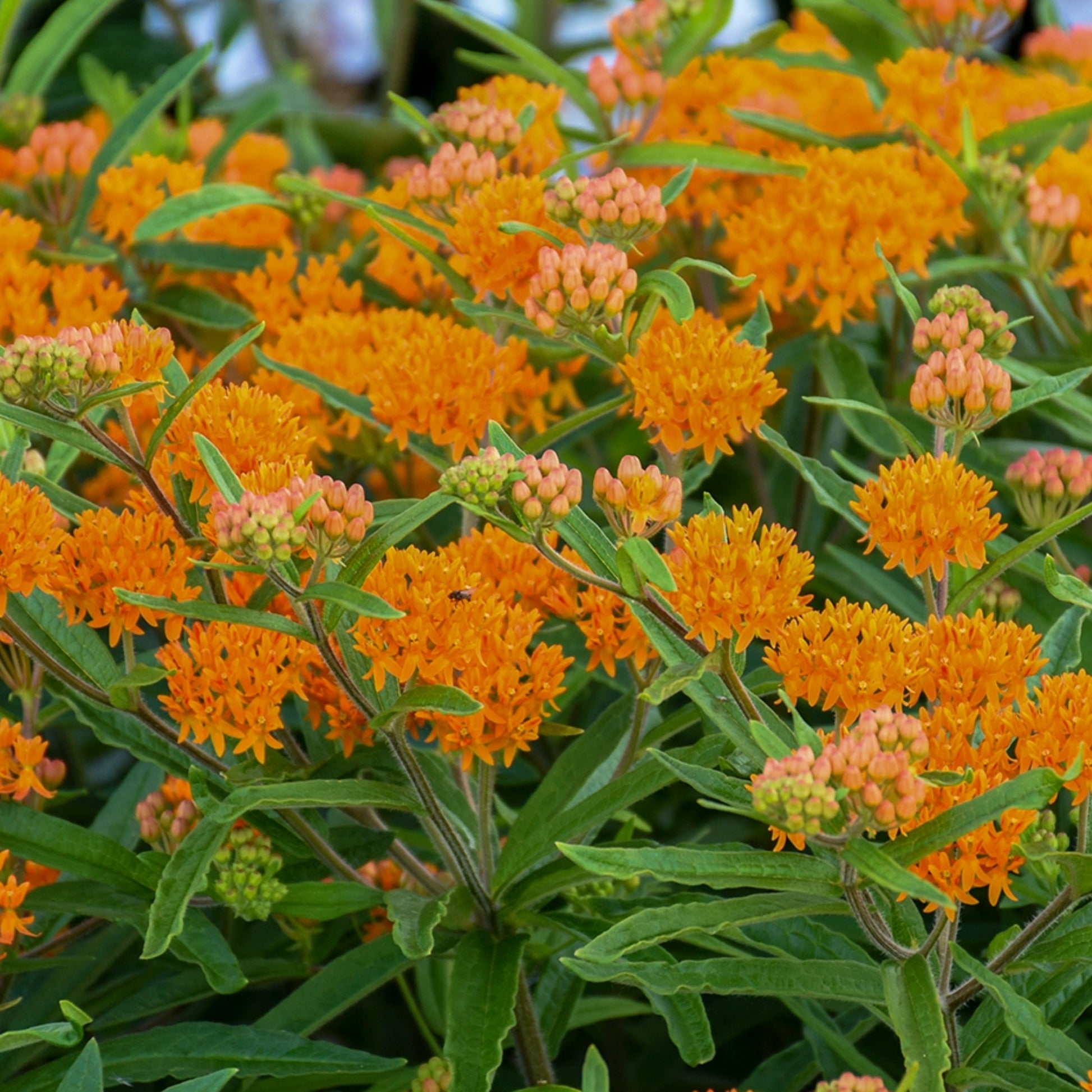Asclepias tuberosa 'Gay Butterflies'
Asclepias tuberosa 'Gay Butterflies' – 'Gay Butterflies' Butterfly Weed
Asclepias tuberosa 'Gay Butterflies' – 'Gay Butterflies' Butterfly Weed
Exposure
- Sun
Rusticity
Bloom time
- July
- August
- September
- A magnet for monarch butterflies
- Fiery coloured flowers
- Decorative seed pods
- Tolerates drought, poor soil
- Essential for eco-gardens
'Gay Butterflies' Butterfly Weed is much more than a simple perennial; it is an invitation to biodiversity in your garden. Essential for the survival of the monarch butterfly, this host plant stands out with its clusters of fiery-coloured flowers, ranging from golden yellow to orange and scarlet red. It combines flamboyant beauty with exceptional hardiness and ease of cultivation, making it a must-have choice for an ecological and colourful garden.
Characteristics
- Foliage: The plant develops sturdy, straight stems, furnished with deciduous, lance-shaped, dark green leaves.
- Flowering: In mid-summer, it produces large, flat-topped clusters (umbels) composed of a multitude of small, star-shaped flowers. The 'Gay Butterflies' mix offers a palette of warm colours including yellow, orange, and red.
- Fruiting: After flowering, very architectural, spindle-shaped seed pods form. In the fall, they open to release seeds attached to silvery silks, extending the visual interest.
- Light: It demands full sun to thrive and flower profusely.
- Habit: It forms a clump with an upright and straight habit.
- Growth: With a medium growth rate, it reaches a height of 60 to 90 cm (2-3 feet) with a spread of 30 to 60 cm (1-2 feet).
- Soil: It thrives in poor, sandy, or gravelly soil with impeccable drainage. It does not tolerate heavy, wet soils at all.
- Hardiness: Very hardy, it faces Zone 3 winters without any problem. It is slow to emerge from the ground in spring, so patience is required.
- Resistance: This robust plant resists White-tailed deer, rabbits, and tolerates drought admirably well once established.
Uses
- Types of Use: It is an indispensable plant for pollinator gardens, butterfly gardens, prairie-style plantings, or dry, sunny borders.
- Ornamental Features: Its fiery-coloured flowers create a powerful visual impact in mid-summer. The seed pods add interesting texture in the fall and winter. It is also an excellent cut flower.
Care
- Watering: Water at planting, but once established, it is very drought-resistant and requires almost no watering.
- Fertilizing: No fertilization is necessary. It prefers poor soils.
- Pruning: No pruning is required during the season. Leave the stems and pods in place for winter interest and cut them back to the ground in the spring.
- Planting: Plant it in its final location, as its long taproot does not like to be disturbed. Be patient in the spring, as it emerges late.
- Winter Protection: No protection is required. The most important thing is to ensure perfect drainage to prevent the root from rotting.
Plant details
Dimensions
Dimensions
Characteristics
Characteristics
Habit:
- Upright
Flowering colours:
- Yellow
- Gold
- Orange
- Red
- Multicolour
Plant needs
Plant needs
Watering:
- Tolerates dry, well-drained soil
Maintenance:
- Easy
Soil requirement:
- Well-drained
Features
Features
Resistance:
- White-tailed deer
- Hare and rabbit
- Drought
Attract:
- Butterflies
- Bees
- Hummingbirds
- Pollinators
- Beneficial insects
Use:
- Border
- Specimen
- Mass planting
- In ground
Attribute:
- Cut flower
- Dried flower
- Native
- Toxic
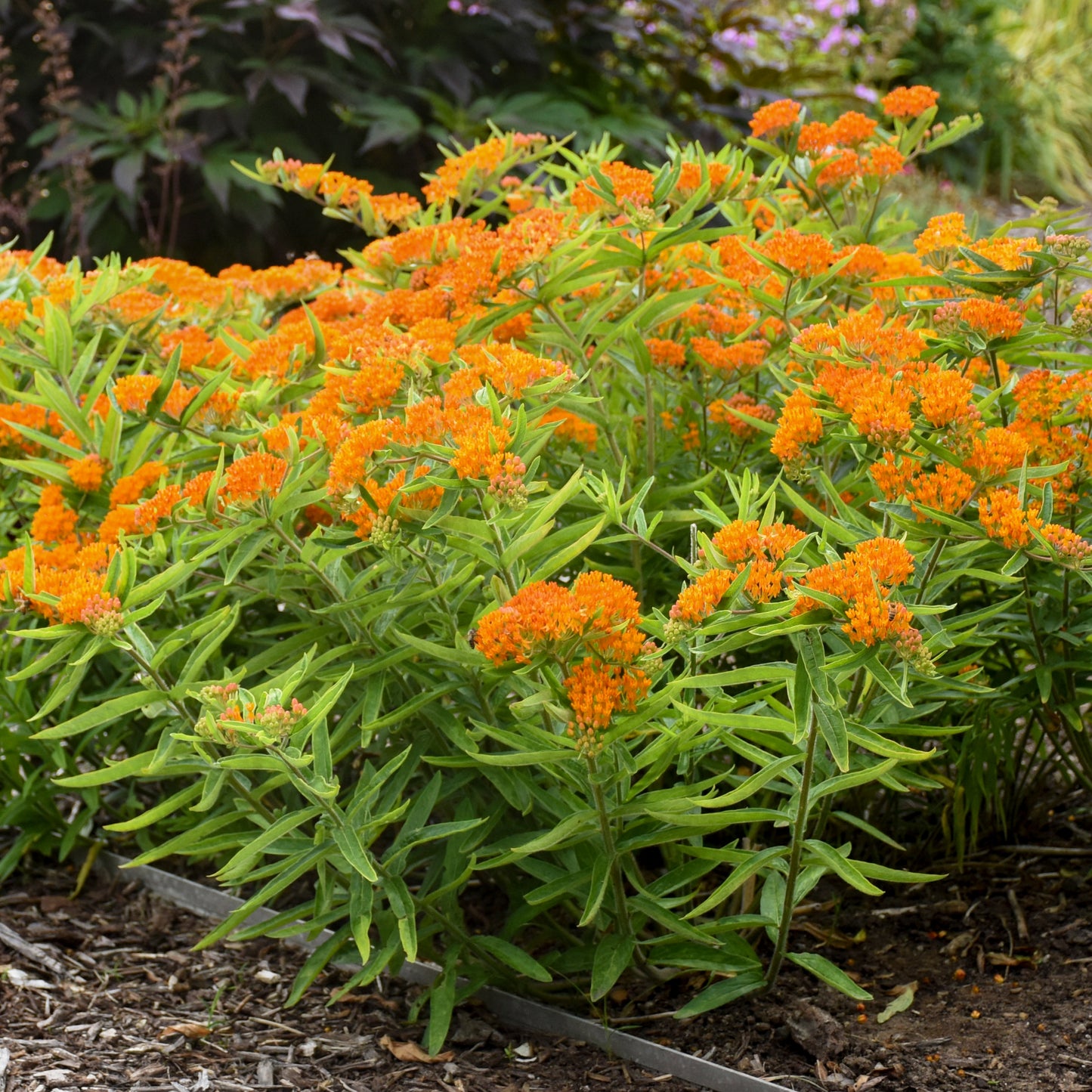
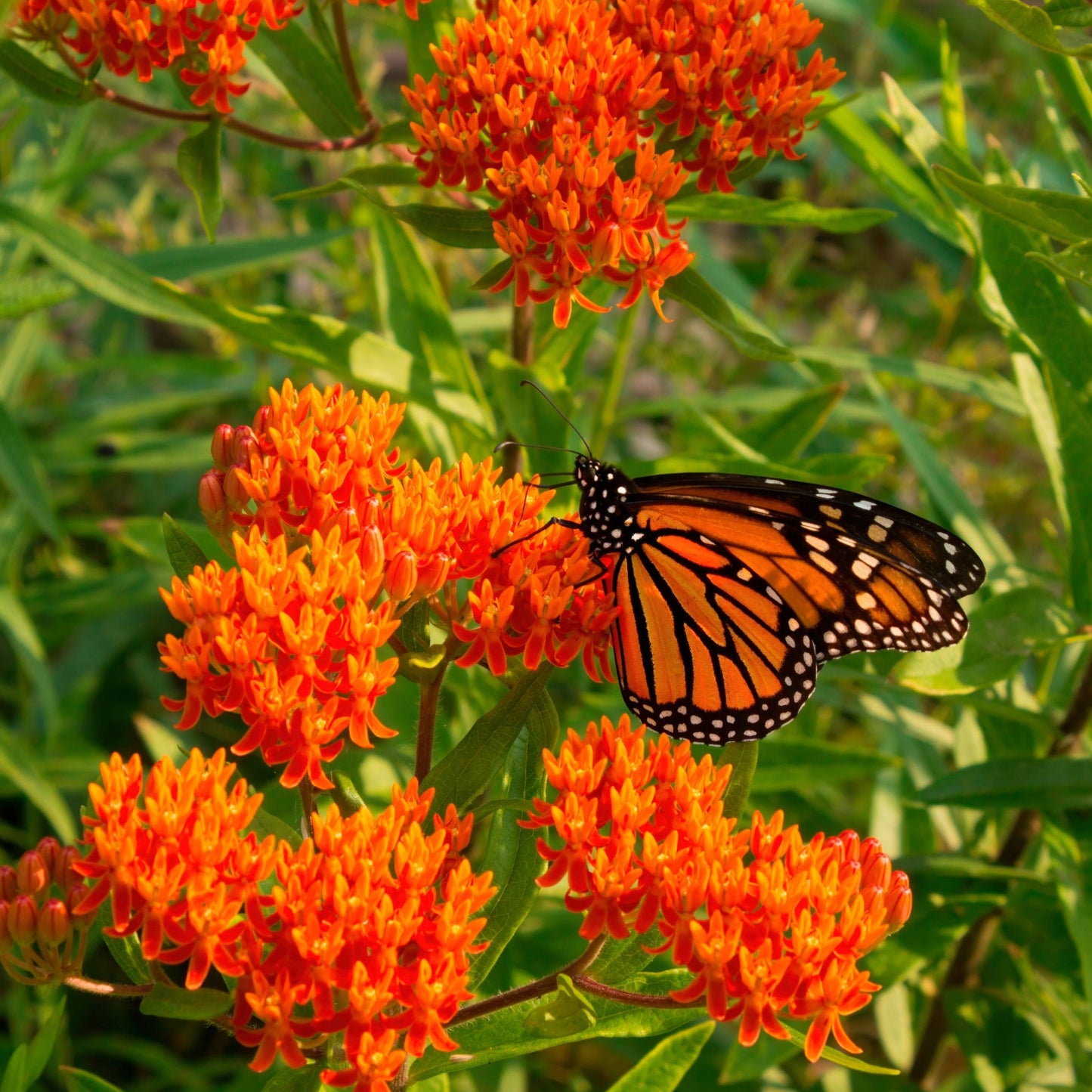
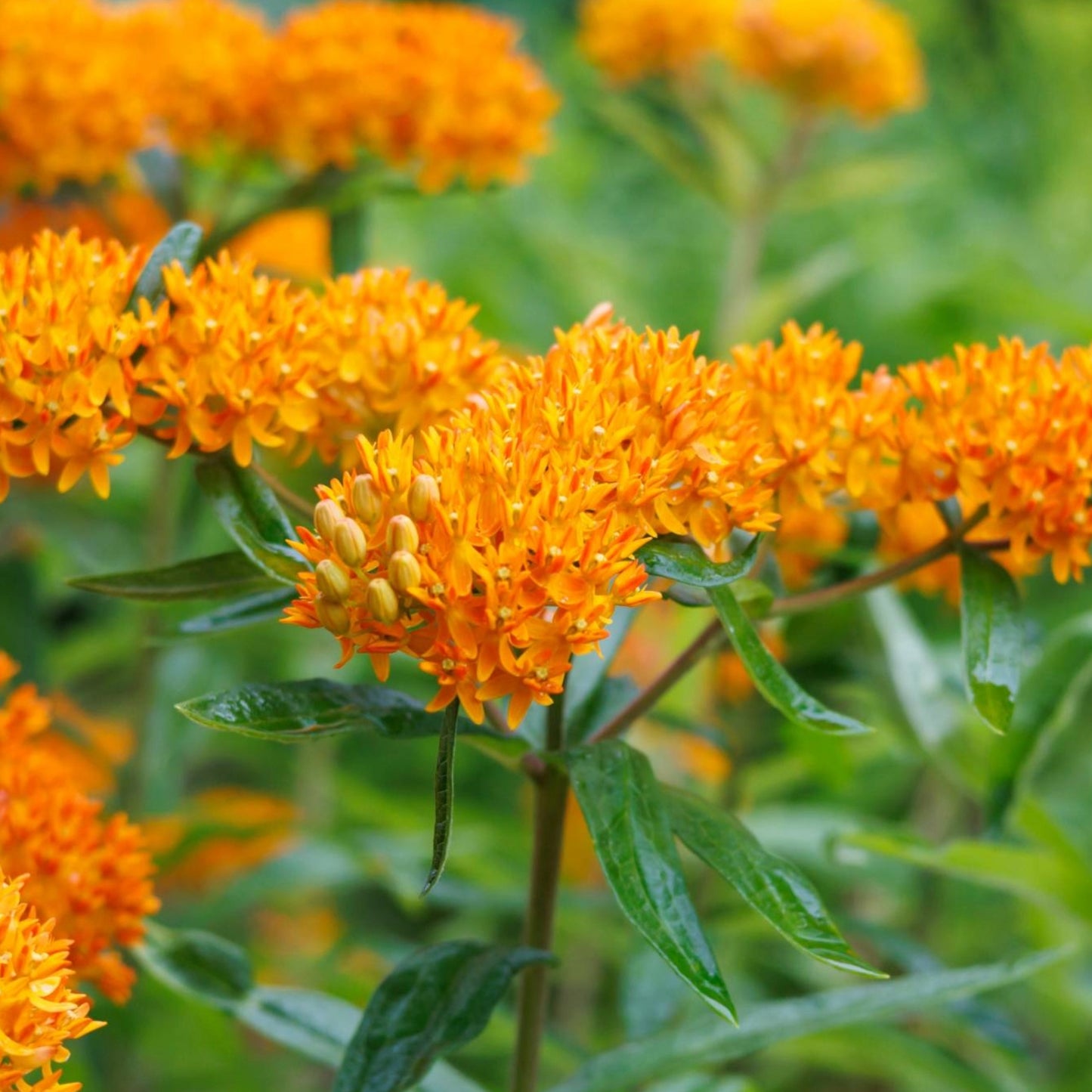
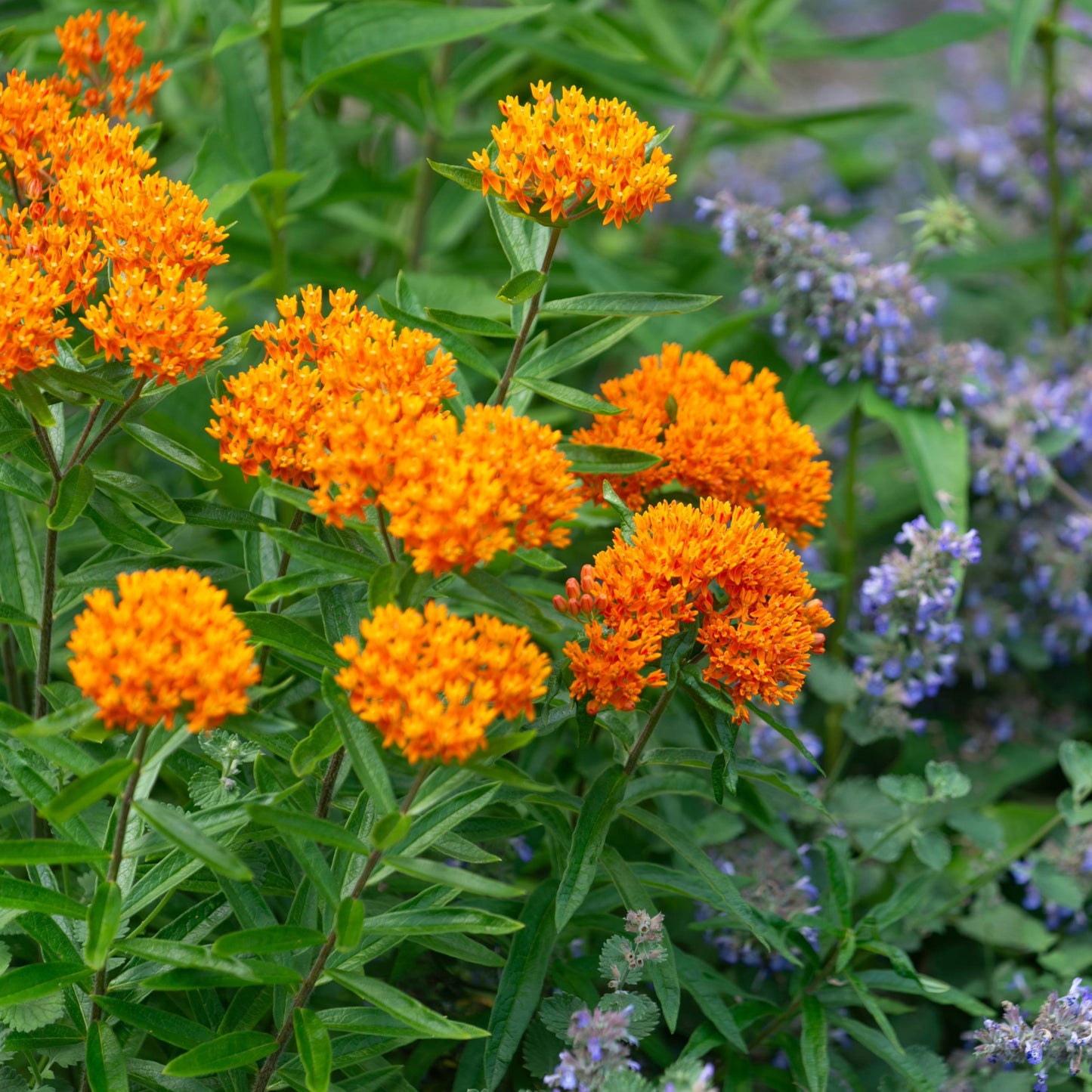

Related articles
-
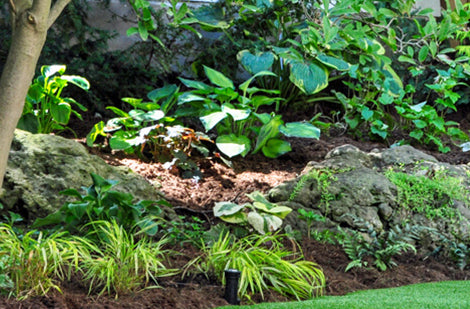
Perennials for all occasions
Read the articleOsez créer des associations inédites qui sauront refléter votre personnalité, même si pour cela vous deviez déplacer certaines vivaces pour mieux les mettre en valeur.
-
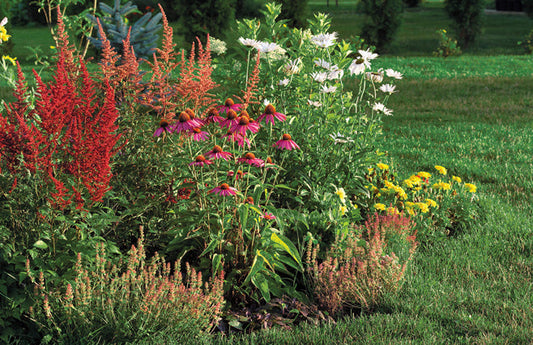
Landscaping with perennials
Read the articleVariétés à découvrir, la tomate se savoure crue, en sandwich, en bruschetta ou en salade. Cuite, c'est l'ingrédient de base de sauces, soupes et salsas.
-
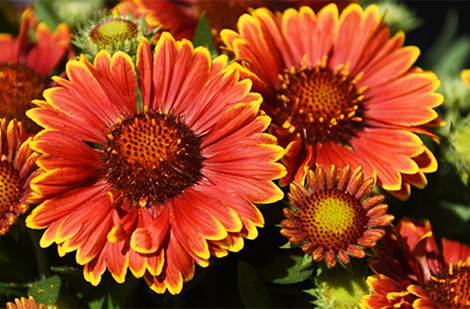
Perennials proper maintenance: cut and fertilize
Read the articleLa grande popularité des vivaces vient du fait qu'après avoir été oubliées pendant des mois au cours de l'hiver, elles réapparaissent sur la scène plus énergiques et surprenantes que par...
-
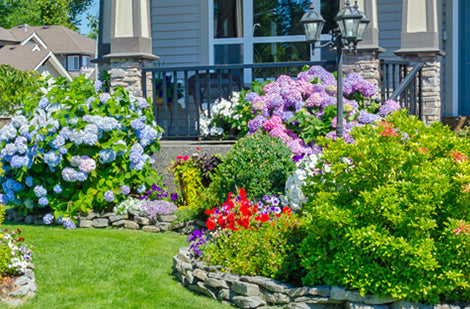
How to plant perennials in your garden
Read the articleEn pénétrant au jardin, ce sont souvent les plantes vivaces que l’on remarque en premier. Un massif de sauges, d’hémérocalles, d’astilbes, d’échinacées ou de lavande offre un spectacle d’une beauté...

